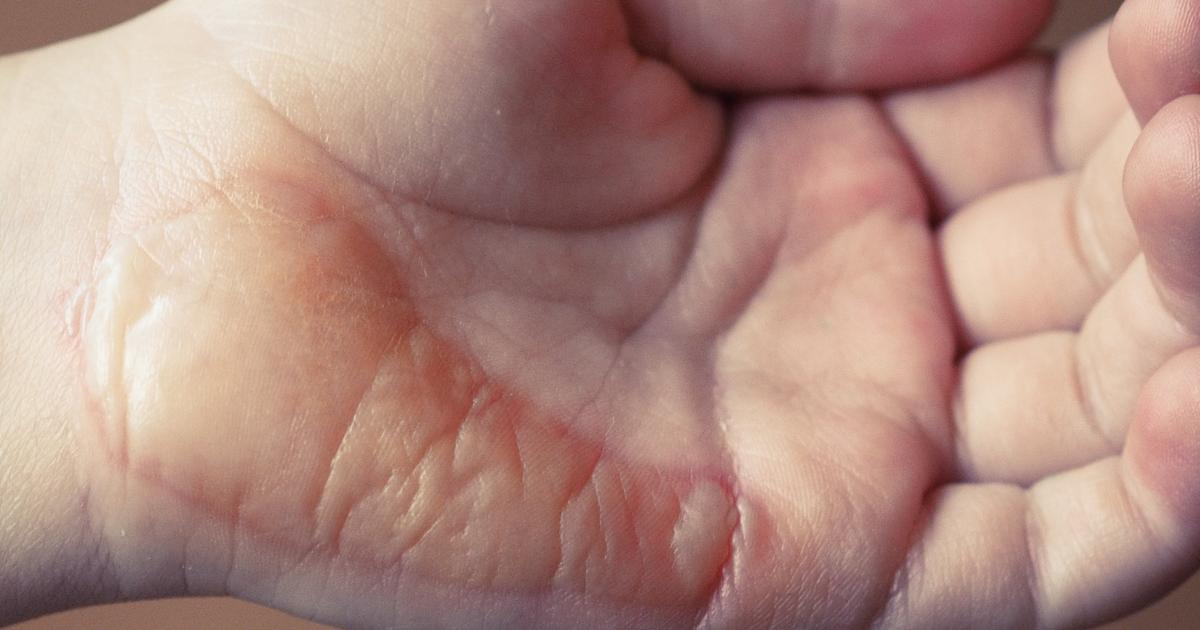What Causes Rhabdomyolysis?
Rhabdomyolysis is a rare medical emergency that involves a breakdown of muscle tissue causing highly concentrated myoglobin to be released into the blood. Myoglobin is a protein normally found inside muscle cells and plays a critical role in muscle function. When it is released into the blood, myoglobin has a toxic effect on the body and can cause serious damage to the kidneys. Medical intervention is crucial to ensure kidney failure does not occur. Early treatment can completely prevent kidney damage. Getting treatment too late can result in permanent damage or death.
Rhabdomyolysis is usually caused by a specific event, such as an injury, and the onset of symptoms is rapid.
Severe Burns

Severe burns can sometimes cause rhabdomyolysis. Third-degree burns cause serious damage to small blood vessels called capillaries, which then start to leak, causing swelling and dangerously increased pressure in the muscle. This is known as compartment syndrome. The high pressure can lead to muscle breakdown. Patients with severe burns are more likely to develop rhabdomyolysis if they are immobile for a long time; this can occur if they pass out or if they undergo surgery. This is because keeping the burned body part immobile allows more pressure to build in the area. Electrical burns are more likely to cause rhabdomyolysis than other types of burns. Individuals sometimes develop rhabdomyolysis after being struck by lightning because of the resulting burns.
Get to know another cause of rhabdomyolysis now.
Muscle Contractions From Prolonged Seizures

Muscle contractions from prolonged seizures are one of the most common causes of rhabdomyolysis. Seizures are usually associated with epilepsy, but they can also be caused by excessive alcohol consumption or extremely high fevers. A seizure can involve muscle spasms or convulsions, which may cause damage to the muscles. The amount of muscle damage depends on the duration and severity of the seizure.
Grand mal seizures are the most likely to cause muscle damage, but they usually only last a few minutes. A longer-lasting seizure is a medical emergency whether it causes rhabdomyolysis or not. In addition to muscle damage from convulsions, seizures can also cause falling accidents that result in muscle injury. Furthermore, seizures often cause unconsciousness. The resulting lack of body movement augments the risk of pressure building up in the injured muscles.
Discover the major type of injury that can result in rhabdomyolysis next.
